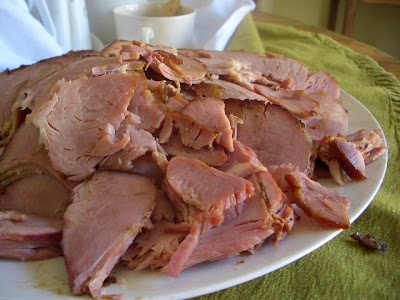




Simple, quiet, unassuming: the first glance belies its rich, tart complexity. It is at once cold, tangy, creamy. I smear it on one half of a prune plum, layer it under granita, serve it with bread, eat it from a spoon.
So effortless, yet so decadent. I vow to always keep it around.
Start with whole milk Greek yogurt.* I had a large container of Fage Total in my fridge so I used that. Use as much as you’d like, but I’d recommend that you use as much as you can. This stuff; it is a drug.
Take your yogurt and place it in a cheesecloth- or unbleached paper towel-lined fine-mesh strainer set over a bowl. Make sure the strainer balances over the bowl. Dump your yogurt into the lined strainer, cover with plastic wrap, and place in the fridge overnight. I think I let my sit about 12 hours and that seemed sufficient. Perhaps you can get away with less time.
Once the manna is thick, thick, thick (think barely whipped cream cheese), remove and place in a sealable container. Eat with everything possible.
*If you can’t find or can’t afford Greek yogurt, you can certainly use knock-off strained brands, or you can start with plain yogurt (the straining step will just take longer). And remember, this is cheese, not diet food, so stick with the full-fat good stuff.
So this blog turned one and I let it be. I moved to Boston, threw a going-away pie-party and didn’t tell you. I took a real person job (in! cookbook! publishing!) and let it slide. So I’m sitting here drinking tea in the Northeastern heat wave thinking about my kitchen and how to catch up.
My new job has blessed me with an abundance of extra food. Some days it is leftover chili, pie, chocolate cake, and (ugh) slow-cooker meatloaf. Other days it is extra produce from a photo shoot: shitakes and basil, habanero peppers and half-cut onions. I lug what I can carry home during a 30-minute stroll to my (hot, hot) 3rd floor walk-up, and lay it all out. On Thursdays I stop by the Coolidge Corner farmers’ market and buy the rest of my week’s groceries: local squash, carrots, early heirloom tomatoes, and the last of this mixed-up season’s blueberries.
My fridge is bursting at the seams, and spoilage is my mortal enemy.
So I’ve been spending my Saturdays getting to know my freezer and practicing the awesome art that is pickling. Using Momofuku as a guide, I’ve pickled carrots, ginger, jalapenos, asparagus, onions, radishes, and so many cucumbers. Quick vinegar carrot pickles go quickly, and sliced on the bias taste great in salads with walnuts and butter lettuce. The pickled ginger has been thrown in (another) salad with leftover work salmon, a spicy okra sauté, and straight into my mouth when I get home from work with a bellyache. My pickled asparagus is quite ugly: I made a soy sauce brine, and the thin spears shriveled up upon contact with the hot/salty/sweet liquor. But they sure taste good.
Here’s my recipe, but change it at will (a fruit puree would be a great addition; I’ve been eating my berries and stone fruit fresh, and quickly, so none of it makes it into these projects).
serves 1 for a week of desserts, or 4-5 all at once
1/3 cup honey
1 ½-inch knob of ginger, peeled and sliced into 1/8-inch disks
a few basil leaves
juice from ½ lime (about 1 teaspoon)
water
Stir together honey with 1/3 cup water. Add ginger slices and bring to a simmer over medium heat. Simmer until the ginger softens and the syrup has become spicy, about 10 minutes. Turn off the heat, add basil, cover, and let steep for another 10 minutes. Remove lid and let syrup cool for 10-15 minutes. Pour syrup into measuring cup and add water to measure 1½ cups. Pour into a shallow pan or Tupperware container and freeze for 30-45 minutes, or until mixture begins to freeze. Break up frozen chunks with a fork and stir. Return to freezer for another 30-45 minutes, and stir again with a fork. Repeat freezing and stirring steps until the mixture is completely frozen and flaky. If you forget to stir, don’t fret. You’ll just need to stir more aggressively once you remember.



 Coppa Pizza
Coppa Pizza Ginger Creme Brulee
Ginger Creme Brulee




 It's been quite nice spending two weeks with you and all of your friends.
It's been quite nice spending two weeks with you and all of your friends. I'm glad I learned your almond butter secrets; you taste pretty good.
I'm glad I learned your almond butter secrets; you taste pretty good. It is time, however, for you to find some new homes.
It is time, however, for you to find some new homes.